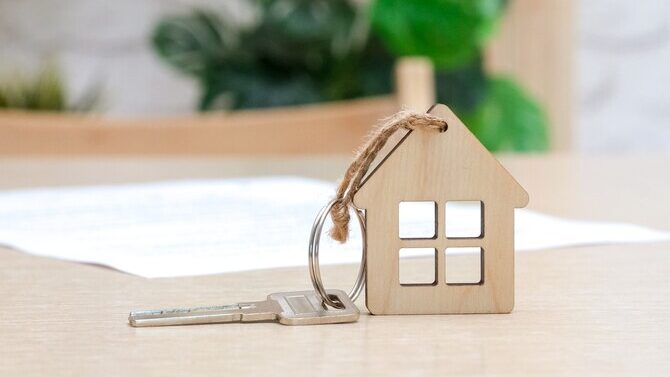Saudi Arabia’s Housing Market Sees Decline in First-Time Buyers Amid Rising Prices
Saudi Arabia’s housing market is experiencing a significant downturn in demand from first-time home buyers. Recent data from global real estate consultancy Knight Frank reveals that the proportion of first-time buyers has decreased to 29% in 2025, a notable drop from 40% in 2023.
Escalating Property Prices
One of the primary factors contributing to this decline is the sharp increase in property prices. In Riyadh, the capital city, apartment prices have surged by nearly 11% over the past year, reaching approximately $1,500 per square meter. This rapid escalation has made homeownership increasingly unattainable for many Saudi citizens.
Faisal Durrani, Partner and Head of Middle East Research at Knight Frank, highlighted the affordability challenges:
“With average monthly incomes nationwide standing at approximately SR11,000 and at about SR17,500 in Riyadh, it is no surprise that household income multipliers in Riyadh have climbed to 4.3 and 12.7 for apartments and villas, respectively.”
Decline in Residential Transactions
The overall residential market has also been affected. The first half of 2023 saw a 32% decrease in residential transactions compared to the same period the previous year, with only 70,000 transactions recorded between January and June. This decline indicates a broader trend of potential buyers postponing or abandoning their homeownership plans due to financial constraints.
Impact of Mortgage Rates and Subsidies
Rising mortgage rates have further exacerbated the situation, increasing the cost of homeownership. Additionally, a significant reduction in subsidies, particularly interest-free loans that previously supported lower-income groups, has dampened enthusiasm for purchasing homes.
Harmen De Jong, Partner at Knight Frank, noted:
“An increase in mortgage rates, impacting the cost of ownership, and a considerable reduction in subsidies in the form of interest-free loans, particularly affecting the lower-income cohorts, have also contributed to the dampened enthusiasm for home purchases.”
Shifts in Buyer Demographics
The demographic landscape of potential buyers is also shifting. A significant portion of the Saudi population, especially the youth, is highly mobile, often relocating to different cities for career opportunities. This mobility has led to a preference for renting over buying, as many do not consider themselves permanent residents of their current cities.
Knight Frank’s research indicates that nearly 68% of Saudis do not view themselves as permanent residents of the cities they live and work in, suggesting a higher inclination towards renting rather than owning property.
Developer Challenges and Opportunities
Developers are now faced with the challenge of addressing the affordability crisis while catering to the evolving needs of the market. The surge in land prices, rising costs of raw materials, and labor shortages have made it increasingly difficult to offer affordable housing options.
Knight Frank suggests that building smaller homes could be a viable solution to meet the demand of young Saudis seeking affordable housing.
Government Initiatives
In response to these challenges, the Saudi government continues to pursue its goal of achieving a 70% homeownership rate by 2030, up from the current 67%. Programs like Sakani have already assisted over 1.4 million households in transitioning to homeownership. However, the recent decline in first-time buyers indicates that additional measures may be necessary to make homeownership more accessible and affordable for the average Saudi citizen.
Future Outlook
While the current trends present challenges, they also offer opportunities for innovation in the housing sector. Developers and policymakers may need to collaborate closely to create housing solutions that align with the financial capabilities and lifestyle preferences of the population. This could include developing more rental properties, offering smaller and more affordable housing units, and reintroducing financial incentives to support first-time buyers.
In conclusion, Saudi Arabia’s housing market is at a pivotal juncture. Addressing the affordability crisis and adapting to the changing demographics and preferences of potential homeowners will be crucial in revitalizing demand and achieving the nation’s homeownership objectives.
Do follow gulf magazine on Instagram
for more information click here



